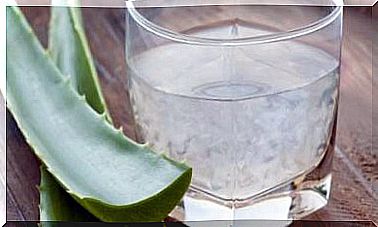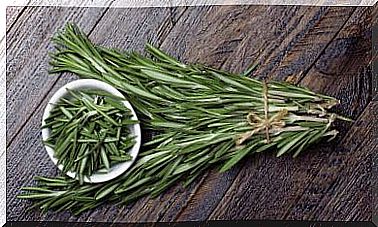Citrus Fruits Are So Healthy!
Citrus fruits are a popular fruit, especially in winter

Unfortunately, citrus fruits do not grow in Germany and come to our stores in the winter months in particular.
The scent of orange peel and cinnamon belongs to us at Christmas and a lemonade would be unthinkable without lemon.
Although citrus fruits are traditionally not on our menu, they have now become a regular place. What’s so healthy about citrus fruits?
Citrus fruits – the sun of the south
Did you know that the German name “Apfelsine” originally meant “Apple from China”? And indeed the orange is native to Southeast Asia and not from the Mediterranean, how many of us mistakenly think.
Orange first came to Italy from the Asian region and from there conquered the Mediterranean region, where the most important cultivation areas for Germany are today.
Incidentally, the color of the peel has little to do with how ripe citrus fruits actually are.
If you see green spots on the peel of citrus fruits, this does not mean that the fruit is unripe or sour.
Citrus fruits change their color depending on the temperature. For a lemon to turn beautifully yellow or an orange to turn beautifully orange, the fruit must have been exposed to temperatures below 5 ° C.
This explains why the fruits that hit stores in autumn in particular still have a lot of green spots – but are still sweet!

Vitamin C bombs?
It is well known that citrus fruits are “vitamin C bombs”: 100 g of orange contains around 50 mg of vitamin C, but this content can vary depending on the degree of ripeness and variety.
The recommended daily requirement for vitamin C is around 80 mg. A glass of freshly squeezed orange juice (250ml) already covers more than the daily requirement of vitamin C!
Citrus fruits thus support your immune system with their high vitamin C content and thus prevent colds, for example.
Before lemons, oranges and mandarins ended up in our stores, however, it was also possible to get enough vitamin C all year round.
There are many local fruits and vegetables that are available all year round from local cultivation.
With only around 50mg / 100g, citrus fruits end up far behind in the back places, if you compare them with black currants (189mg / 100g), peppers (139 mg / 100g), green and Brussels sprouts (105-110mg / 100g) or simply with strawberries (63mg / 100mg).

Natural appetite suppressants in the shell!
Most of the time we only use the pulp of citrus fruits, but the peel is also useful for your health!
There are many bitter substances in the shell. These act as natural appetite suppressants. In addition, these bitter substances work against bacteria, cancer and inflammation and lower cholesterol.
If bitter substances are supposed to suppress the appetite, they shouldn’t be “hidden” under sweeteners!
There are particularly many bitter substances in the skin of the fruit – especially in the white areas.
Very important: If you use the orange with the peel, it must be organically grown, it should be healthy and not toxic!
In conventional cultivation and trade, the peel of citrus fruits is treated not only with pesticides, but also with fungicides so that the fruits do not start to mold on their way from the bush to the store (and during the sometimes long storage).
To give the fruits an attractive shine, everything is sealed with a layer of wax. And you’d eat all of that. Good Appetite!

Valuable fiber
A glass of orange juice in the morning is a classic for breakfast. With all fruits, however, it is generally better not to consume them as juice, but rather in one piece.
Nobody would eat a lemon like an apple, but with oranges, grapefruits, tangerines and clementines it is entirely possible!
If you eat the citrus fruits whole, this means that they contain all the ingredients such as valuable fiber and all secondary plant substances.
That would not be the case with juice, as fiber in particular is disposed of when juicing. A fresh citrus fruit also contains more vitamins than a juice that had to be preserved by heating in bottles or tetra packs.
So if you want to get the full health benefits of citrus fruits, you should
- buy them from organic farming,
- use the bowl (for example in smoothies, lemonades, mueslis etc.) and
- do not consume the fruit as a juice, but as a whole.
Please do not remove the white “skins” and “threads” that are stuck between the pulp and peel of citrus fruits! This is how you get the most out of everything that citrus fruits can offer you and your health.









